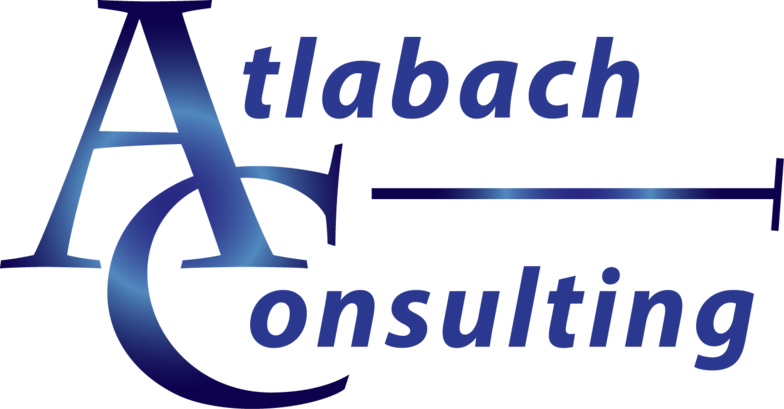
Indoor Air Filtration:
As we spend more time indoors, the quality of our indoor air becomes increasingly important. The air inside our homes can contain pollutants such as dust, pet dander, mold spores, and even chemicals from cleaning products. This can be especially concerning for people with allergies, asthma, or other respiratory conditions. Indoor air filtration can help improve the quality of the air we breathe, and in this guide, we will explore the different types of air filters and how to choose the right one for your home.

The High Cost of Sickness: How Cold, Flu, and COVID-19 Impact Business Revenue
What are the financial impact of illnesses such as colds, flu, and COVID-19 on businesses and the economy. The annual cost of influenza in the US is estimated to be between $71 and $167 billion, with sick employees costing businesses up to $225 billion each year in lost productivity. The COVID-19 pandemic has had a significant impact on the US economy, with estimates ranging from $6.9 trillion to $16.6 trillion in costs. Learn how businesses can reduce the financial impact of sickness on their operations, including encouraging sick employees to stay home, offering flexible work arrangements, providing paid sick leave, and maintaining a healthy workplace. Read on to discover how to minimize the impact of sickness on your business and bottom line.

The effects of CO2 in the workplace
The Effects of CO2 on Indoor Air Quality High levels of CO2 in indoor spaces can have several negative effects on air quality. They include: Reduced Oxygen Concentration: As CO2 concentrations increase, the amount of oxygen in the air decreases. This can result in headaches, dizziness, and fatigue, and can affect cognitive abilities. Increased Humidity: CO2 is known to increase relative humidity levels in indoor spaces, which can promote the growth of mold and other allergens. Poor Air Quality: CO2 is known to affect the quality of indoor air by reacting with volatile organic compounds (VOCs) and other pollutants, leading to increased levels of indoor air pollution.

How to control IAQ using Artificial Intelligence
With the advancements in technology in machine learning and artificial intelligence, our buildings are becoming smarter and able to start reacting to scenarios before they happen. With today’s technology, we are proactive in our approach to indoor air quality by installing sensors within a space and measuring a building’s IAQ parameters such as temperature, relative humidity, Volatile Organic Compounds, and particulate levels to determine how clean a building’s IAQ is. This approach is very reactive as we measure evaluate and then react by turning HVAC equipment on or off as determined by our IAQ sensors.

How to create airflow in a room
With the next wave of COVID-19 around the corner and coinciding with the flu season, it’s apparent that the transmission of the airborne disease is a bigger problem during the fall, winter, and spring seasons. One big factor which causes this is the fact that people spend more time inside during these seasons than in the summer.

Does UVC Lights Create Ozone
UVC lights have been a proven technology in reducing the spread of airborne diseases for a very long time. But as with many other technologies, the benefits of a reduction in the spread of airborne diseases come with a cost such as the production of harmful UVC rays and Ozone. In order to reduce these effects, the proper design, selection, installation, and testing of these systems need to be carefully considered.

Does good IAQ make our space safe
Over the past few years, we have seen a lot of companies create dashboards to display indoor air conditions such as Relative Humidity, Particulate, Volatile Organic Compounds, and Carbon Dioxide. These are all great indicators and if each item is maintained within a certain range a building’s air quality can be quantified and displayed.

What are the causes of a drop in COVID-19 cases during the summer
Every summer we are experiencing a drop in COVID-19 cases and then in the fall, the cases start to rise and typically peak through the fall, winter, and spring months. Each of which is referred to as a wave. So with the current drop in cases is COVID-19 over or are we just experiencing a summer slowdown. To fully understand this, we need to look at each factor associated with the disease, reducing the probability of transmission between people.

Filtration and COVID-19
A typical Filtration system in an air handling unit has a MERV (Minimum Efficiency Reporting Values) of 8 which is effective in filtering out typical particles found in a commercial building's indoor air environment. But now with the transmission of airborne viruses such as COVID-19 in buildings we need to look at all our HVAC systems and modify them as much as possible to reduce possible transmission between occupants in a space.

What you need to know about Indoor Air Quality and The Fourth COVID Wave
A typical Filtration system in an air handling unit has a MERV (Minimum Efficiency Reporting Values) of 8 which is effective in filtering out typical particles found in a commercial building's indoor air environment. But now with the transmission of airborne viruses such as COVID-19 in buildings we need to look at all our HVAC systems and modify them as much as possible to reduce possible transmission between occupants in a space.

Hydropower: The Solution to the World's Energy Problem
Hydropower is a very important form of renewable energy. It utilizes the earth's water cycle, generating electricity by harnessing stream and lake water's energy through water turbines. This form of energy does not require fossil fuels, nuclear or fusion energy to produce electricity, so it does not contribute to greenhouse gases.

The Secrets of An Indoor Air Quality Survey (IAQ)
When implementing energy management strategies, indoor air quality is often risked therefore impacts employee productivity. Although the effects of reduced IAQ cannot be quantified, many studies reveal that a company's bottom line is affected somewhere between 3 and 10% because of poor indoor air quality conditions.

Lighting Controls: Key Considerations
On the surface, lighting controls can save us a lot of money. When we change a 100 W bulb to a 40 W, just like magic we pocket 60 W of energy. Here is where the surface savings comes into play. Only one part of the big picture is being considered when we evaluate our business model based on W or KW savings only.

Water Source Heat Pumps (Truly Cost Effective)
Water source heat pumps can be one of the most economical sources of energy management strategies available. They have the ability to provide a buildings heating and cooling requirements during spring and fall at a fraction of the cost.

Heat Does NOT Rise
We have always been told that in life there are two things we can never avoid: paying taxes and death. It's now time to reveal a third. A myth as misunderstood as the lockness monster, aliens and the great pyramids. This is the fallacy of heat rising and how we can save hundreds of dollars in heating bills each year.

